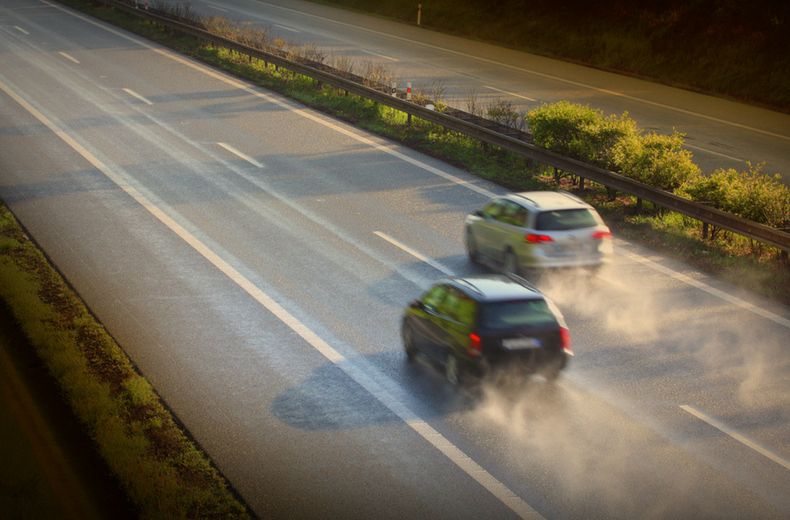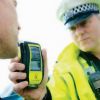While it’s not strictly illegal to undertake on a motorway or dual carriageway in the UK, it can be extremely dangerous, and punishable if deemed to be careless driving.
Here we’ll clarify the rules around undertaking, discuss when it may be permissible, and lay out the possible consequences if you’re caught.

RAC sale – up to 33% off*
• Roadside cover from £5.29 a month†
• We get to most breakdowns in 60 mins or less
• Our patrols fix 4/5 breakdowns on the spot

What does the Highway Code say about undertaking?
The Highway Code advises drivers not to undertake – although it is not a punishable offence in itself.
It states: “Do not overtake on the left or move to a lane on your left to overtake.”
The Code though, advises that it’s OK for a car to undertake in slow-moving traffic, if its lane is moving faster than a lane on the right.
In these circumstances it’s deemed safer to undertake than to weave in and out of the traffic.
READ MORE: Driving offences and their punishments
The Code states: “In congested conditions, where adjacent lanes of traffic are moving at similar speeds, traffic in left-hand lanes may sometimes be moving faster than traffic to the right.
“In these conditions you may keep up with the traffic in your lane even if this means passing traffic in the lane to your right.
"Do not weave in and out of lanes to overtake.”
READ MORE: 16 Highway Code rules most people ignore
Is undertaking acceptable in any other circumstances?
So the Highway Code discourages undertaking, but – as detailed above – it is sometimes OK.
It may also be permissible in the following situations.
- Average speed checks
- It’s acceptable to undertake on motorways where average speed limits are in operation.
- Along these stretches of motorways overhead gantries will often advise vehicles to ‘stay in lane’. Therefore, it may be safer to pass a car travelling below the average speed limit on your right if your lane is moving faster. Again, this is safer than weaving in and out of the traffic.
- If a car is turning right or U-turning
- If a vehicle is in the right-hand land and turning right or performing a U-turn, it is permissible to undertake in the left-hand lane. Caution should be taken not to undertake too soon. It’s safer to wait until the vehicle has indicated and started to turn before passing it on the inside.
If you're at all unsure, it's always safer to just assume that undertaking is unacceptable and to drive in a safe and predictable manner.
READ MORE: Is it illegal to park on the pavement?
Can you receive a penalty for undertaking?
Some drivers may find it tempting to undertake, especially if they’re faced with a middle-lane hogger, but be aware that it can be dangerous and you can be fined for doing so.
Undertaking recklessly could see you receive a fixed penalty notice (FPN) for careless driving or driving without due care and attention.
READ MORE: 10 driving offences you didn’t know were illegal
This usually means three points on your driving licence and a £100 fine, although some police forces may offer a driver education course as an alternative.
In some more serious cases it could be considered dangerous driving which carries a harsher penalty of up to nine points on your licence or disqualification, a fine of up to £5.000 and a court summons.
Want to protect yourself against any losses after an accident? Get legal expenses insurance for just £15 a year with RAC Legal Care Plus.





